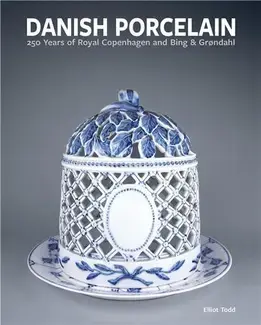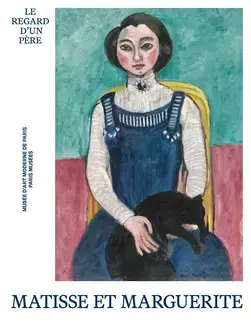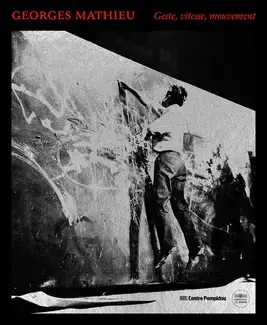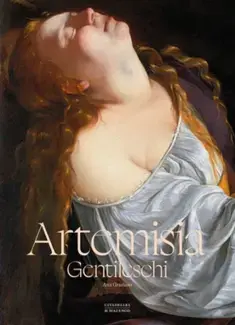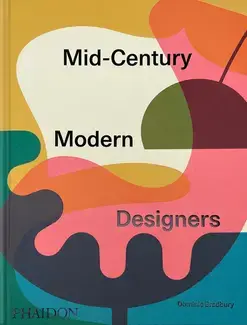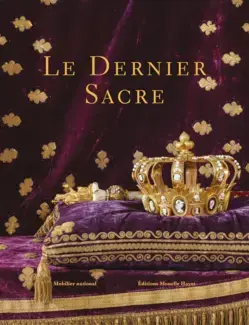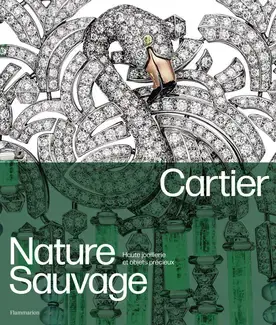Ophélie : La Noyée Embellie
Auteur(s) : Valérie Bajou
A secondary character in Hamlet, Ophelia had an almost irrational following in the European visual arts from the mid-18th century onwards.
The first artist to glorify her was Eugène Delacroix, first in his engravings and then in his paintings. The Pre-Raphaelites then took up the subject, and Millais's Ophelia, now at Tate Britain, is still the most emblematic and best-known representation. The myth of Ophelia has spanned centuries and interpretations, and her death has been depicted by some of the greatest artists, including Füssli, Redon, Lichtenstein and Louise Bourgeois.
This book, the first to deal with the subject, begins with an account of Shakespeare's play, then goes on to analyse the way in which representations of Ophelia have evolved with the successive societies through which she has passed, right up to the 21st century, where a certain paradox emerges.







